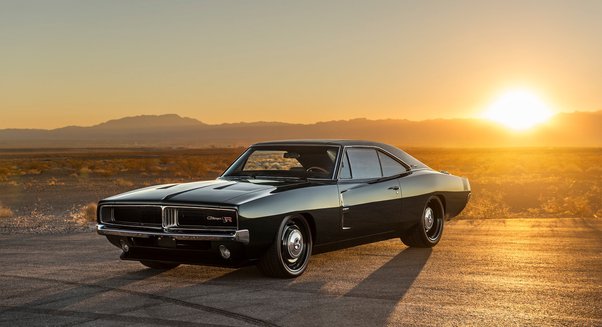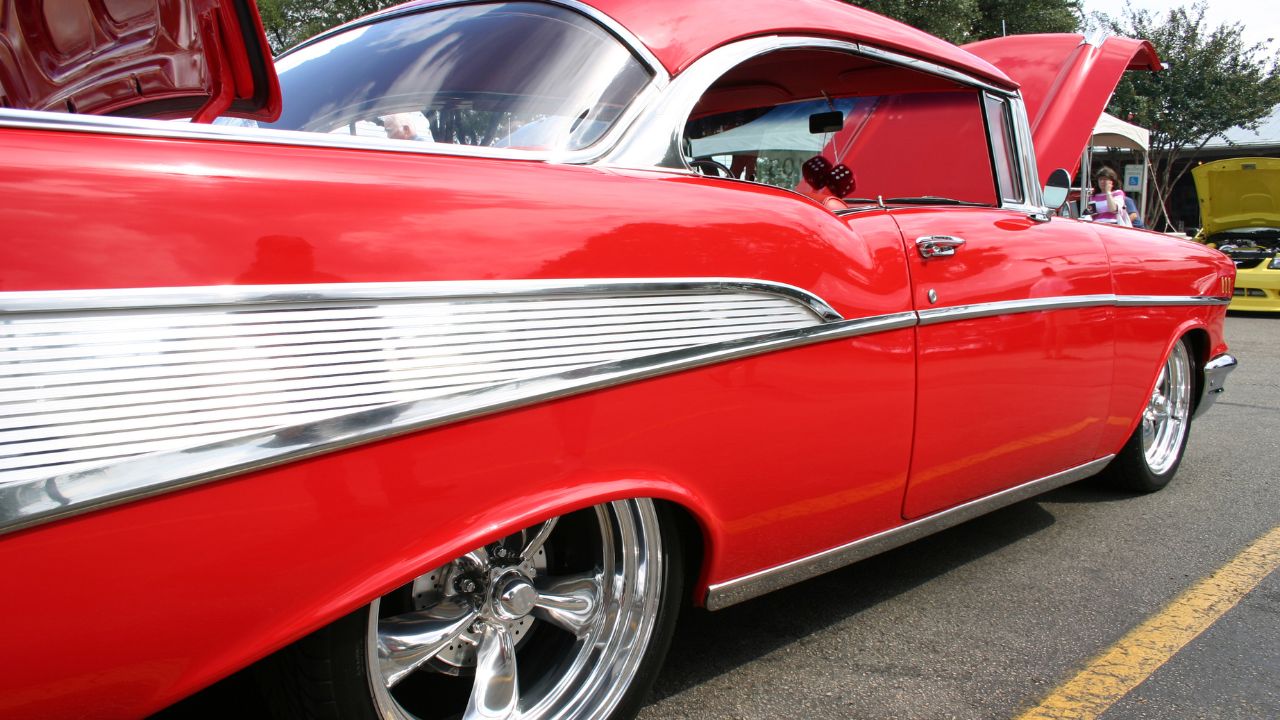
Honda is a car company that has been around only for ninety seven years. But, over the years it has created some of most remarkable engineering feats. Honda owners have a passion for documenting their beautiful cars. Honda photos are a great way to capture these iconic vehicles. There is nothing more iconic than a Honda 75. The Honda 75 is becoming less common and is slowly disappearing from the roads. It was still a great car when first released 23 years ago.
Silver Dawn variant
Ghia was a highly sought after car. Collectors and enthusiasts loved the car's style and performance. There are many unique details in the interior. Although the dashboard appears to be made from wood, it's actually made of aluminum with a wood grain pattern. These large, unusually shaped steel bezels are different from standard Rolls-Royces. A dashboard with a view of a lady kneeling on the grille is also featured.

1971 Ford Thunderbird
The 1971 Ford Thunderbird is the most beloved classic car of all time. There are many reasons why it has been so popular. Its iconic 429-cubic inches V-8, front wheel drive and stylish design have made it one the most loved classic cars. Thunderbird's sedan edition has the classic feel and four-seat capacity of a sports car in the early 1970s. This car was a big hit when it was introduced and is still one the most popular cars in America.
Chevrolet Camaro
The Chevrolet Camaro is one of the most loved muscle cars in the 1970s, 1980s. The Camaro's first generation featured a 5.0 liter V-8 engine that produced 325 horsepower. They were also available with a variety of options. Camaro ZL-1 was a special edition that cost $2,500. It had unique features like checkered flag front strips, embroidered logos on the headrests, and 10-spoke wheels with black accents. Its popularity rose in the 1970s when it was available with a limited edition of engine packages.
Chevrolet Bel-Air
Chevrolet Bel-Air can be your classic car. The Chevrolet Bel-Air has been around for many decades and underwent many modifications in its first generation. From 1953 onwards, the car went through different generations and years. The second generation featured a more powerful V8 motor and a new grille with a Ferrari-styled grille. Its doors, glass, and trunk were all redesigned as well.

Saab 9-3
The Saab 9-3 is a classic car that was produced from 1998 to 2003. The car went through several redesigns and updates over the years. Saab also added a turbo engine or non-turbo to their lineup in 2003. In 2006, the car received a new instrument panel that included steering-wheel controls. Also, the turbo-X engine produced 280 horsepower.
FAQ
Is it difficult to find a job as a mechanic in the automotive industry?
It is possible. Many garages advertise their vacancies online, and many people apply just because they think it might be fun. To get your foot in front of the door, try applying for a few positions to see if any accept student applications. If you don't know anyone working in the industry, ask your friends and relatives. They may be happy and willing to recommend someone.
What length is an automotive course?
An automotive course lasts 3 years.
The first year is spent learning about cars and theory. The second year is spent on practical training where you learn how to drive, fix engines, and do other mechanical jobs around the car. The last year of your training is spent on practical training, where you learn how to fix real-world problems.
Does it really matter what college I choose?
Non, really. There is no difference between colleges in terms of how to get into the automobile industry. But, there are better programs at some schools than others. Look elsewhere if you want something more niche.
What is the length of an apprenticeship as an automotive mechanic?
The apprenticeship to become an automotive mechanic takes about three years. This includes two years in school and two as an apprentice. The first year is spent learning all aspects of the trade, including theory, practical skills, and safety procedures. You'll also learn how tools can be used safely and efficiently during this year. After completing the first year, you'll then spend another year on-the-job training where you'll gain experience in different areas of the trade. You'll have the opportunity to attend formal courses during these periods too.
The final year is dedicated to earning certifications and qualifications in the field. These include NVQs, which are obtained after passing industry-specific exams. You can also get HNCs (Higher National Certificates), that cover subjects such as customer service, business administration, management, and business administration. City & Guilds certificates offer qualifications in certain trades.
Statistics
- The U.S. Bureau of Labor Statistics (BLS) reports that the job outlook for automotive service technicians and mechanics is expected to decline by 4% from 2019 to 2029. (indeed.com)
- There were 749,900 jobs available for automotive service technicians and mechanics in 2016, which is expected to grow by six percent through 2026. (jobhero.com)
- 52% of Mechanics in the United States think their salaries are enough for the cost of living in their area. (indeed.com)
External Links
How To
How to avoid auto mechanic scams
Auto mechanics scamming is a major problem for consumers. The average American spends $1,500 a year on vehicle repairs. This is a huge opportunity for people to take advantage of it. Knowing what to look for will help you avoid falling for a scammer. Here are some tips to help you spot a scammer before they get their hands on your money.
-
Never pay upfront. If someone asks you to pay them upfront, it's probably a scam. Always ask for payment once work has been completed. If you have any doubts about whether something is legit, contact the Better Business Bureau (BBB), at 1-888-322-8138. They'll provide advice and guidance.
-
Ask for references. Contacting previous customers is the best way to make sure you are dealing with a reliable service provider. Online reviews are also a great way to verify the service provider's reputation. It's important that any company you deal is reputable.
-
Conduct background checks. Background checks are essential for hiring anyone. To see if the company has any complaints, check the BBB website. Also, confirm that the vehicle's registration number belongs the owner of the business.
-
Do not be afraid to leave. Even if a business appears legitimate, scammers will try to get you to pay too much. If you feel you have been taken advantage of, don't hesitate and leave. There are plenty of other businesses available to you.
-
Be wary of "free" services. There are lots of companies that offer free estimates or free inspections. These companies are known for charging exorbitant prices later. Ask about additional charges before you sign anything.
-
Avoid being pressured. If a company offers you a great deal it is because they believe they can charge you less than what you are worth. It is possible to fall for a scam if you are forced to buy something.
-
You should look for high-quality products. When looking for a repair shop, you want to ensure that they use high-quality parts. If you need to replace brake pads, you don't want to go to a shop that uses cheap pads. Instead, look for a shop that specializes on brakes.
-
Get multiple quotes. It is important for you to compare prices among different shops. If you do this, you will have a greater chance of getting a fair deal.
-
Keep records. It is important to keep track all details related to your repair. This includes receipts, invoices and warranties. Any phone numbers or addresses you receive should be noted.
-
Keep informed